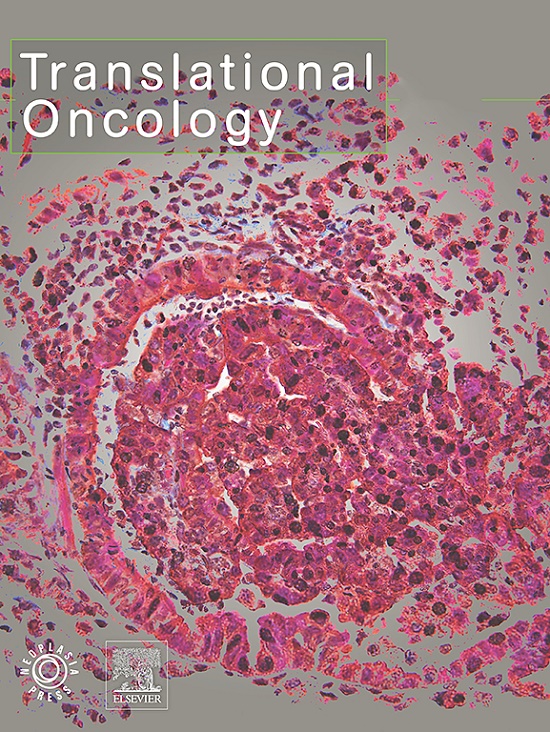Prognostic prediction for inflammatory breast cancer patients using random survival forest modeling
IF 5
2区 医学
Q2 Medicine
引用次数: 0
Abstract
Background
Inflammatory breast cancer (IBC) is an aggressive and rare phenotype of breast cancer, which has a poor prognosis. Thus, it is necessary to establish a novel predictive model of high accuracy for the prognosis of IBC patients.
Methods
Clinical information of 1,230 IBC patients from 2010 to 2020 was extracted from the Surveillance, Epidemiology and End Results (SEER) database. Cox analysis was applied to identify clinicopathological characteristics associated with the overall survival (OS) of IBC patients. Random survival forest (RSF) algorithm was adopted to construct an accurate prognostic prediction model for IBC patients. Kaplan–Meier analysis was performed for survival analyses.
Results
Race, N stage, M stage, molecular subtype, history of chemotherapy and surgery, and response to neoadjuvant therapy were identified as independent predictive factors for the OS of IBC patients. The top five significant variables included surgery, response to neoadjuvant therapy, chemotherapy, breast cancer molecular subtypes, and M stage. The C-index of RSF model was 0.7704 and the area under curve (AUC) values for 1, 3, 5 years in training and validation datasets were 0.879–0.955, suggesting the excellent predictive performance of RSF model. IBC patients were divided into high-risk group and low-risk group according the risk score of RSF model, and the OS of patients in the low-risk group was significantly longer than those in the high-risk group.
Conclusion
In this study, we constructed a prognosis prediction model for IBC patients through RSF algorithm, which may potentially serve as a useful tool during clinical decision-making.



随机生存森林模型用于炎性乳腺癌患者的预后预测。
背景:炎性乳腺癌(IBC)是一种侵袭性的、罕见的乳腺癌表型,预后较差。因此,有必要建立一种新的、高精度的IBC患者预后预测模型。方法:从监测、流行病学和最终结果(SEER)数据库中提取2010 - 2020年1230例IBC患者的临床信息。应用Cox分析确定与IBC患者总生存期(OS)相关的临床病理特征。采用随机生存森林(RSF)算法构建IBC患者准确的预后预测模型。生存分析采用Kaplan-Meier分析。结果:种族、N期、M期、分子亚型、化疗和手术史、对新辅助治疗的反应是IBC患者OS的独立预测因素。前五个显著变量包括手术、对新辅助治疗的反应、化疗、乳腺癌分子亚型和M分期。RSF模型的c指数为0.7704,训练和验证数据集1、3、5年的曲线下面积(AUC)值为0.879 ~ 0.955,表明RSF模型具有良好的预测性能。根据RSF模型的风险评分将IBC患者分为高危组和低危组,低危组患者的OS明显长于高危组。结论:在本研究中,我们通过RSF算法构建了IBC患者的预后预测模型,该模型可能为临床决策提供有用的工具。
本文章由计算机程序翻译,如有差异,请以英文原文为准。
求助全文
约1分钟内获得全文
求助全文
来源期刊

Translational Oncology
ONCOLOGY-
CiteScore
8.40
自引率
2.00%
发文量
314
审稿时长
54 days
期刊介绍:
Translational Oncology publishes the results of novel research investigations which bridge the laboratory and clinical settings including risk assessment, cellular and molecular characterization, prevention, detection, diagnosis and treatment of human cancers with the overall goal of improving the clinical care of oncology patients. Translational Oncology will publish laboratory studies of novel therapeutic interventions as well as clinical trials which evaluate new treatment paradigms for cancer. Peer reviewed manuscript types include Original Reports, Reviews and Editorials.
 求助内容:
求助内容: 应助结果提醒方式:
应助结果提醒方式:


